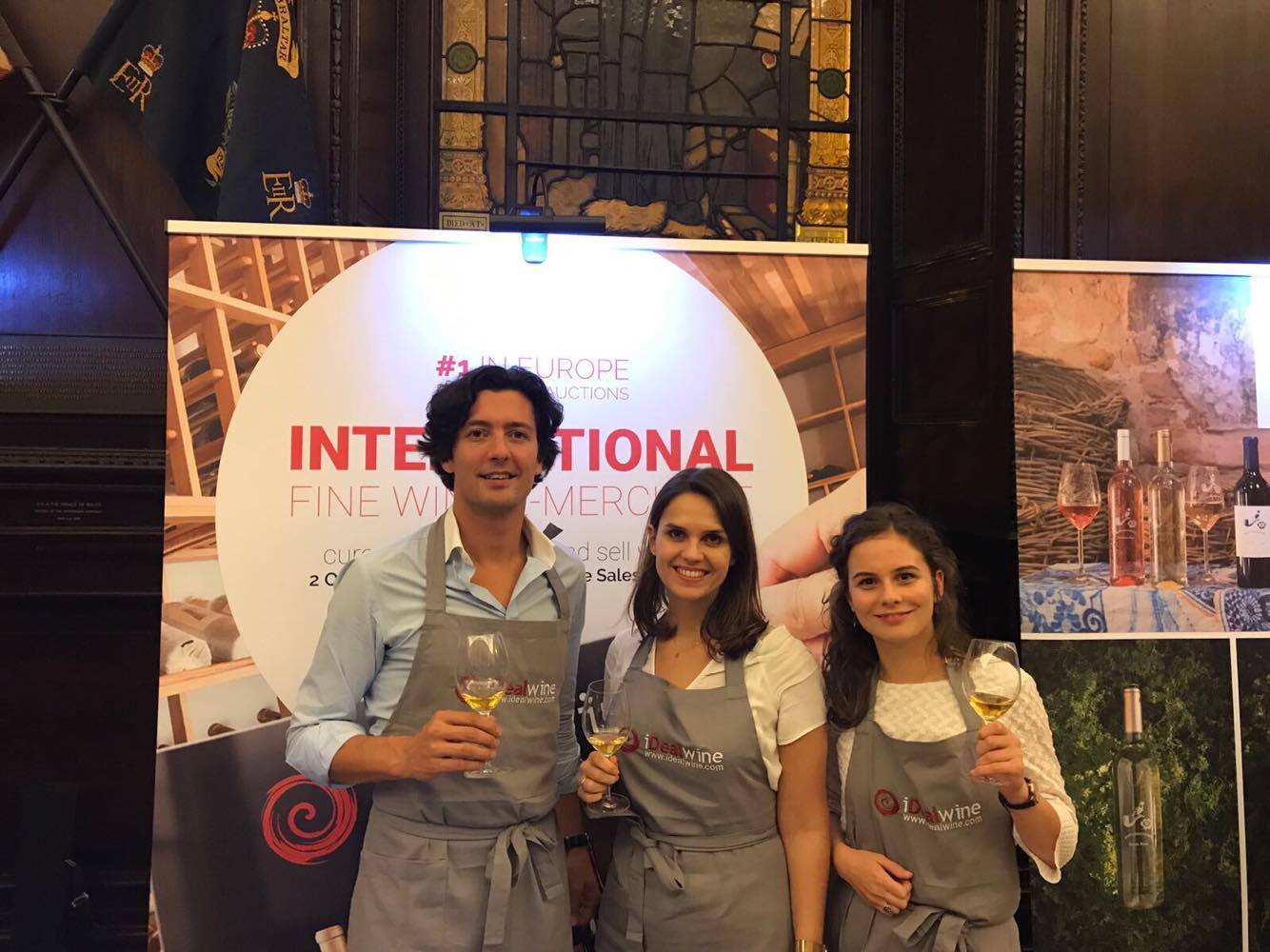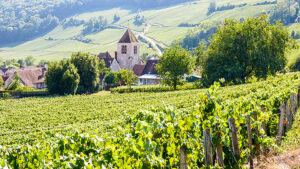
We were lucky enough to speak to Luca Gargano, the founder of the natural, Triple A label. Widely recognised in Italy, the wave he started has begun to reach beyond those borders. Let’s take a look at the origins of this excellent project.
Last week, we proudly announced that iDealwine is an official distributor in France for the Triple A label, a selection put together by Luca Gargano. This collector and importer of wine and spirits spoke to us about what inspired his philosophy and his desire to promote it.
Tell us about where the Triple A project comes from
“It all started in the later half of the 1990s when I was an importer of wines to Italy. I realised that I couldn’t find my way around tasting any more, all the wines seemed the same. At the time, with Vélier, I was supposed to be an ambassador for wines from the “New World”, but I just got lost. Trying verticals covering a large period of time, such as Château Musar (Lebanon), I saw that the wines made after 1980 didn’t really have much in common with those that had been crafted in the 60s and 70s. We were looking at mass standardisation and a loss of authenticity.
Once I had this realisation, I wanted to look into it further, but there was too much to consider. My work was in selecting wines, and this meant I had to explore, I had to find signposts for my decision-making. I found that it was in ‘cleanly’-made and low-intervention wines that I could sense the best expression of terroir. So, the beginning of Triple A was just for me, really, to help me choose the best wines, and this was mainly an experimental approach. This is how I came up with my Triple A criteria, these were then published in a Milan magazine and got certain amount of publicity. Speaking about it with people, comparisons were made between my ideas and those of Nicolas Joly in France (Coulée de Serrant). This is how I got in touch with him, and I found out that we’d been launching very similar projects at the same time! Nicolas had started the “Renaissance des appellations” movement whilst my “Triple A” was getting going, and neither of us knew about the other!
From that point, I abandoned almost my whole catalogue to start from scratch with a range that would follow this manifesto. I began by importing wines by Mark Angeli and Overnoy from 2002. I organised fairs dedicated to natural wine, and there weren’t many at the time. I got back into choosing wines, patiently and methodically. Sometimes, I wouldn’t pick even one wine from a region if none were of the standard I was seeking.
Then, from one day to the next, I became a target in the wine world, I was heavily criticised by producers and teachers…but I knew I was in the right. Natural wines are well-established now, but it was practically a revolution back then! It was a time when people were into artificial yeasts and various additives. We’ve accompanied various domains that were working well but had trouble getting their name out there, perhaps because they weren’t doing so well financially, especially in Italy.”
What are the advantages of a Triple A label?
“The strength of the Triple A label is in its coherence, as there is a rigorous selection process. The criteria are like the border we can use to start choosing the wines, since not all natural wines are good!
I have a team that carries out this selection, and they’re touch to impress; 80% of the wines are refused. The wine has to be made organically, whether it has an official label or not, though it is best if it has that certification. We always visit the domains in question, so we know how they work and we check the conditions. Before this, the wine has to pass the taste test, and this will already tell us a lot about how it was produced, if the yeasts are natural or not, for example. The whole selection process is a mix of objective and subjective criteria.
The selection is pretty limited and doesn’t tend to grow much; to sell wine, you have to know it well, and it takes years to get to know a producer and their domain. We maybe add 4 or 5 each year, but no more than that, we want to keep the range small. We might be able to find more wines that fit our criteria, but the work wouldn’t be done quite as thoroughly. Today, we are proud of how we’ve contributed to the global promotion of producers who we’ve been working with for years.”




